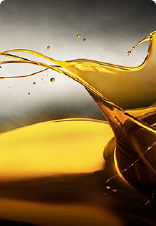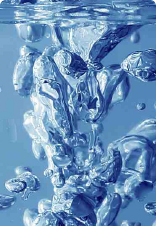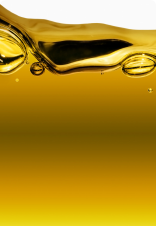Our Products
- Home Page
- Products
- Kerosene
High-quality kerosene is provided by Aksu Exploration with delivery to the customer’s location. We are prepared to offer a broad range of services for the delivery of fuel materials on the most advantageous terms as a market leader in the provision of petroleum products.
What is kerosene
Direct oil refining results in the creation of kerosene. 160°C to 250°C is the range of its boiling points. Among other oil derivatives, kerosene was the first to become widely utilized and start being produced on an industrial scale.
Incandescent lamps, metal cutting tools, impregnation in the tanning of leather, and washing agents for machine parts in repair shops all make use of it. The paint and varnish industries as well as the chemical industry have used this product the most widely of all the oil refining derivatives as a solvent.
What is kerosene
Kerosene’s chemical makeup is influenced by the deposit, the original oil’s content, the type of processing used, and more. We may estimate that it mostly comprises of oxygen, sulfuric and nitrogenous substances, as well as aliphatic hydrocarbons (alkanes – CnH2n + 2), naphthenes (CnH2n), and bicyclic aromatic hydrocarbons (CnH2n). Kerosene’s physical characteristics can be altered by varying the proportions of its constituent parts, which has an impact on whether it can be used.
Types of kerosene
The following types of kerosene are currently produced:
There are specific physical and chemical standards for each type of this oil product; for example, the physical and chemical standards for aviation kerosene TS-1 are as follows:
Indicators
Standard values
- Density at 20°C
- Fractional composition (distillation temperature of % of the fraction)
- 10%
- 50%
- 90%
- 98%
- Kinematic viscosity at 20°C, not less than
- Height of non-smoking flame not less than
- Closed cup flash point higher
- Start of crystallization
- Aromatic hydrocarbon content up to
- Resin concentration
- Sulfur content up to
- Ash content
- 780kg/m3
- 165°С
- 195°С
- 230°С
- 250°С
- 1.25
- 25 mm
- 28°C
- 50°С
- 22%
- 3mg/cm3
- 0.2%
- 0.003%
Quality passport
You must pay attention to the kerosene’s quality certificate, which includes the details listed in the TS-1 table of standards for aviation kerosene, if you want to purchase it with guaranteed qualities. Aksu Exploration ensures that the supplied fuel materials adhere to the set requirements. The company’s own laboratory monitors all specified metrics.
Hazard Class
Kerosene is categorized as a material of the third hazard class by GOST 12.1.007-76. The ability of the substance to ignite at 57°C tells us this. A high kerosene vapor concentration (more than 300 mg/m3) also poses a risk to people.
Our advantages:
- we supply high-quality kerosene, the price of which is the most favorable on the market, in any volume;
- transportation by own specially equipped transport;
- convenient forms of calculation;
- special conditions for permanent partners;
- guaranteed delivery times;
- delivery to hard-to-reach areas;
- individual conditions for each client.






